Maintaining a beautiful garden doesn’t have to take up all your time. With a few simple strategies, you can keep your garden looking vibrant and healthy without the need for constant attention. By choosing the right plants, using smart watering techniques, and keeping things organized, you can enjoy a stunning garden with minimal upkeep. These tips will help you strike the perfect balance between a flourishing outdoor space and your busy schedule.
Choose Low-Maintenance Plants
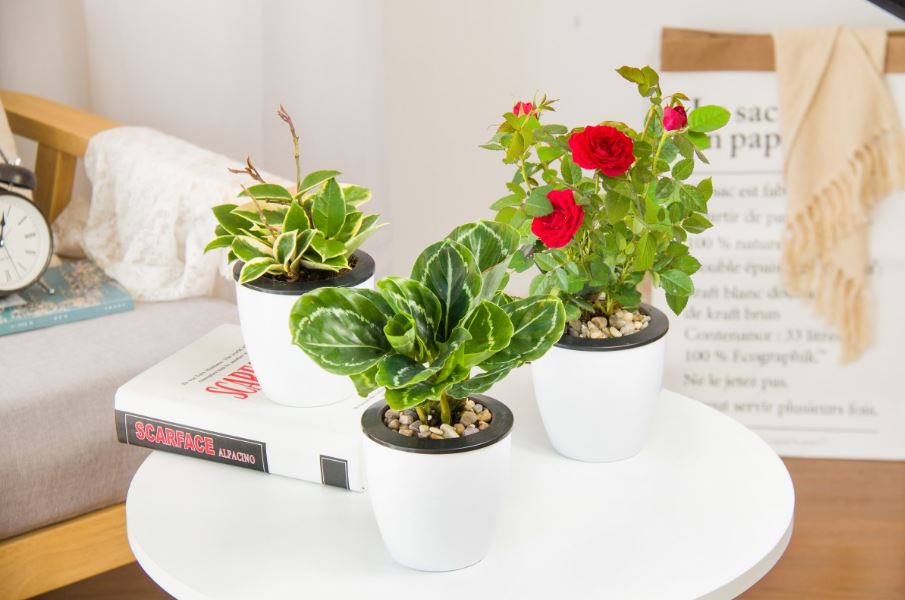
Opting for low-maintenance plants like succulents, ornamental grasses, or drought-tolerant perennials reduces the need for constant care. These plants thrive in various conditions and require less water and pruning. With their resilience to pests and diseases, they offer year-round beauty with minimal intervention.
Mulch to Retain Moisture
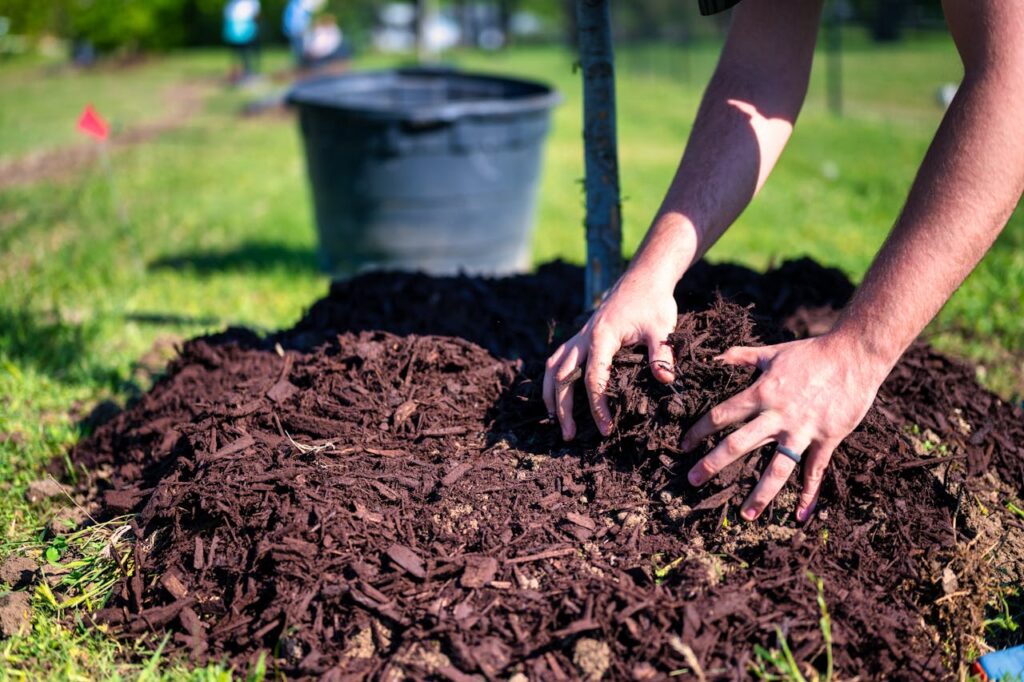
Mulching helps retain soil moisture, reduces the need for frequent watering, and prevents weed growth. Organic mulch like bark or compost breaks down over time, enriching the soil with nutrients. It also protects plant roots from extreme temperatures, keeping your garden looking lush without daily attention.
Use a Drip Irrigation System
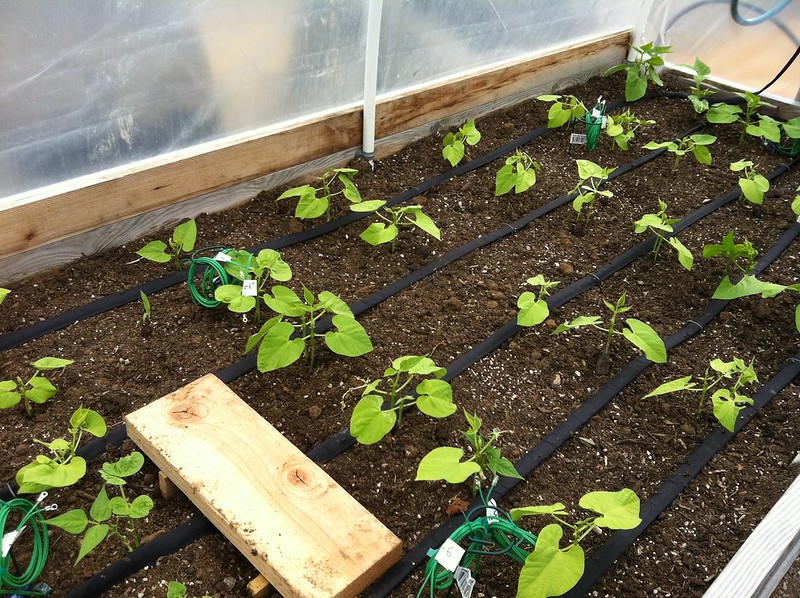
Drip irrigation delivers water directly to the roots of your plants, reducing water waste and keeping your garden hydrated efficiently. Set up with timers, this system provides consistent watering without daily manual effort. It’s particularly beneficial for busy gardeners and helps prevent overwatering.
Plant Perennials Over Annuals
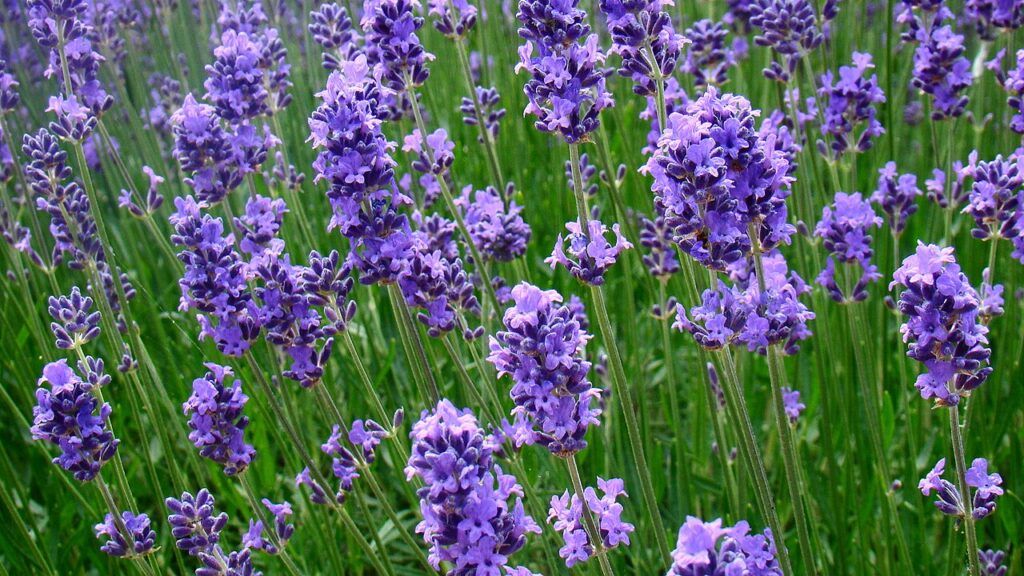
Perennials, which come back year after year, reduce the need for replanting, saving both time and effort. Plants like hostas, lavender, and coneflowers add lasting beauty to your garden while requiring less upkeep. Once established, they often need minimal watering and can tolerate different weather conditions.
Install a Rain Barrel
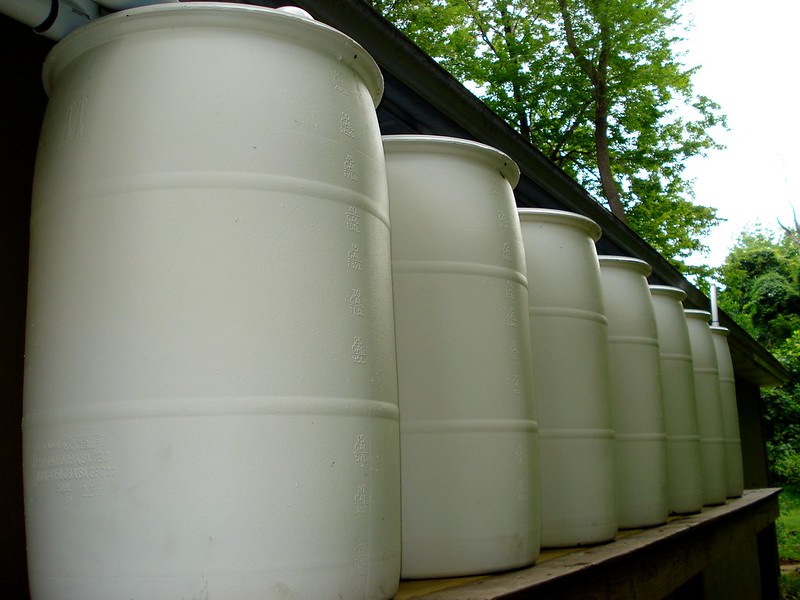
Rain barrels collect and store rainwater, providing a sustainable water source for your garden. This reduces your reliance on hoses or sprinklers, especially during dry spells. It’s a low-maintenance solution that saves water while keeping your plants hydrated and healthy.
Group Plants with Similar Water Needs
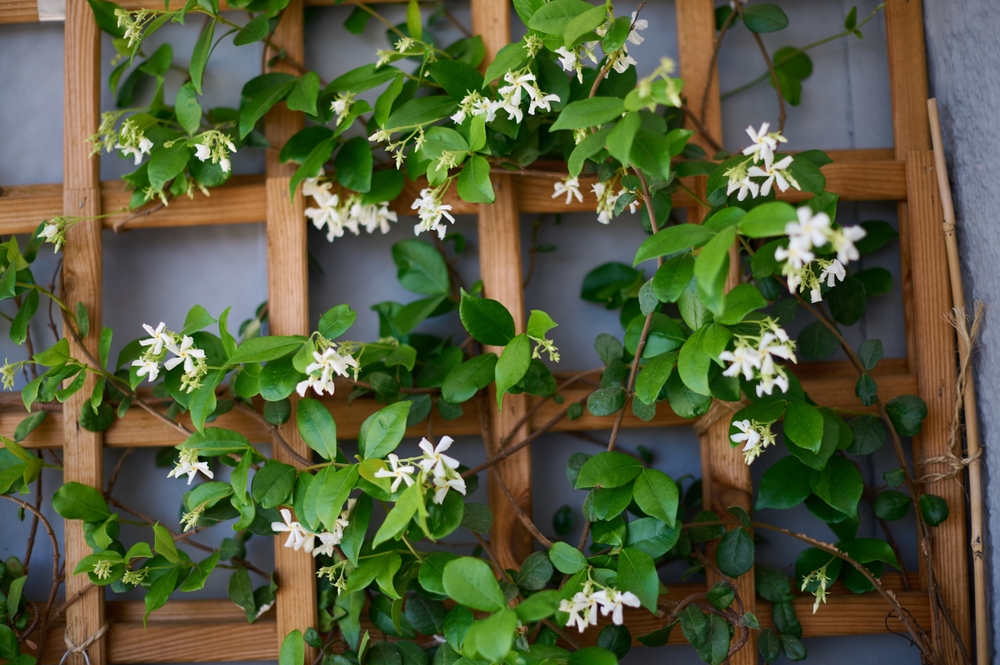
By planting species with similar water requirements together, you can easily manage watering schedules. This strategy prevents over- or under-watering, keeping your garden balanced. It also makes it easier to install drip irrigation systems or plan efficient watering routines.
Incorporate Ground Cover Plants
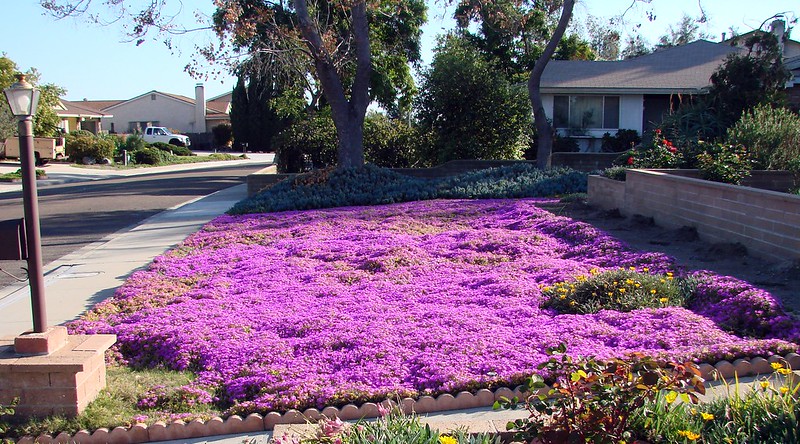
Ground cover plants like creeping thyme or sedum spread across the soil, reducing the need for weeding and protecting soil moisture. These low-maintenance plants require little attention once established and add texture and color to your garden. They also prevent soil erosion, keeping your garden neat and tidy.
Automate Lawn and Garden Care
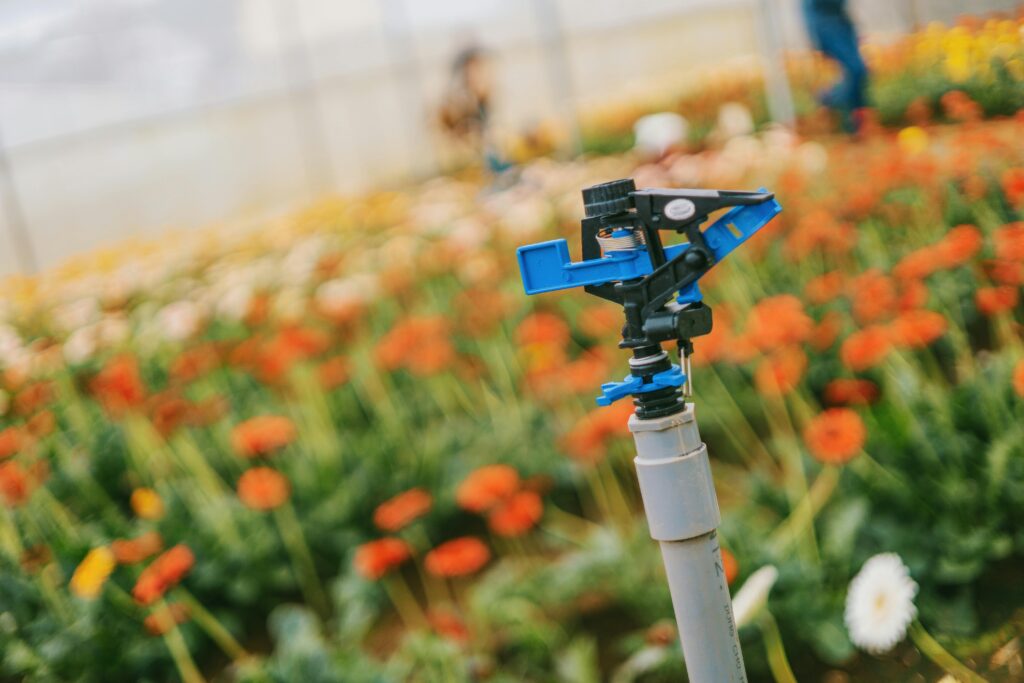
Use automatic sprinklers or smart watering systems to maintain your lawn and garden without manual effort. These systems can be programmed to water at optimal times, conserving water and ensuring consistent care. This investment saves time and energy, allowing you to enjoy a well-kept garden with minimal involvement.
Apply Slow-Release Fertilizer
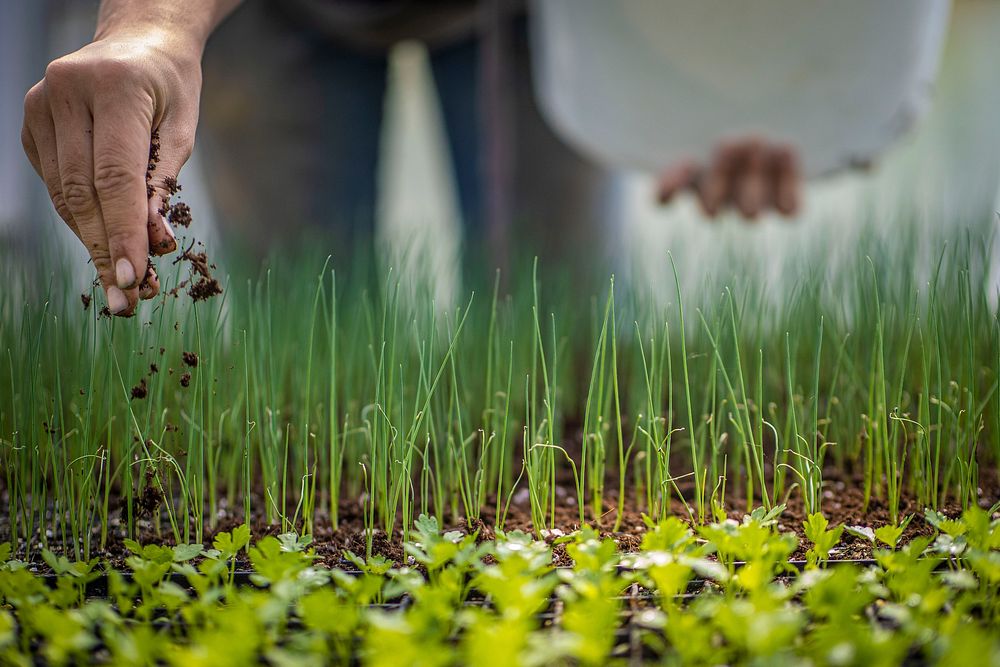
Slow-release fertilizers gradually feed plants over time, reducing the need for frequent fertilizing. These products help maintain healthy growth with minimal intervention. By providing a steady supply of nutrients, they ensure vibrant blooms and strong plants without constant care.
Opt for Raised Beds
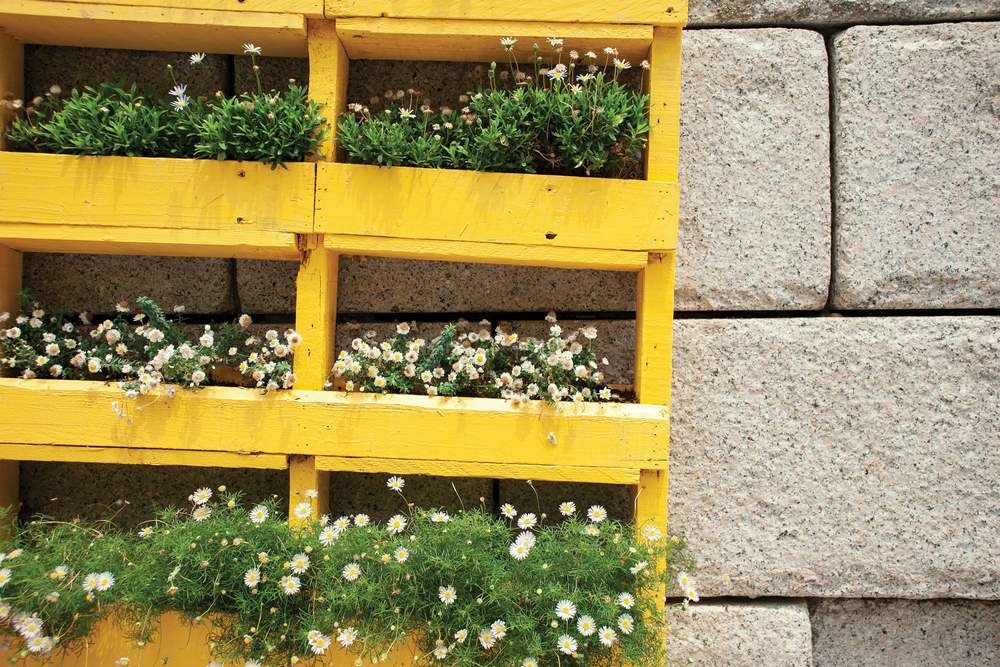
Raised beds offer better control over soil quality, drainage, and weed management, making them easier to maintain than traditional garden beds. They also reduce the need for bending and kneeling during planting and care. Raised beds help keep your garden organized and reduce maintenance tasks like weeding.
Prune Strategically
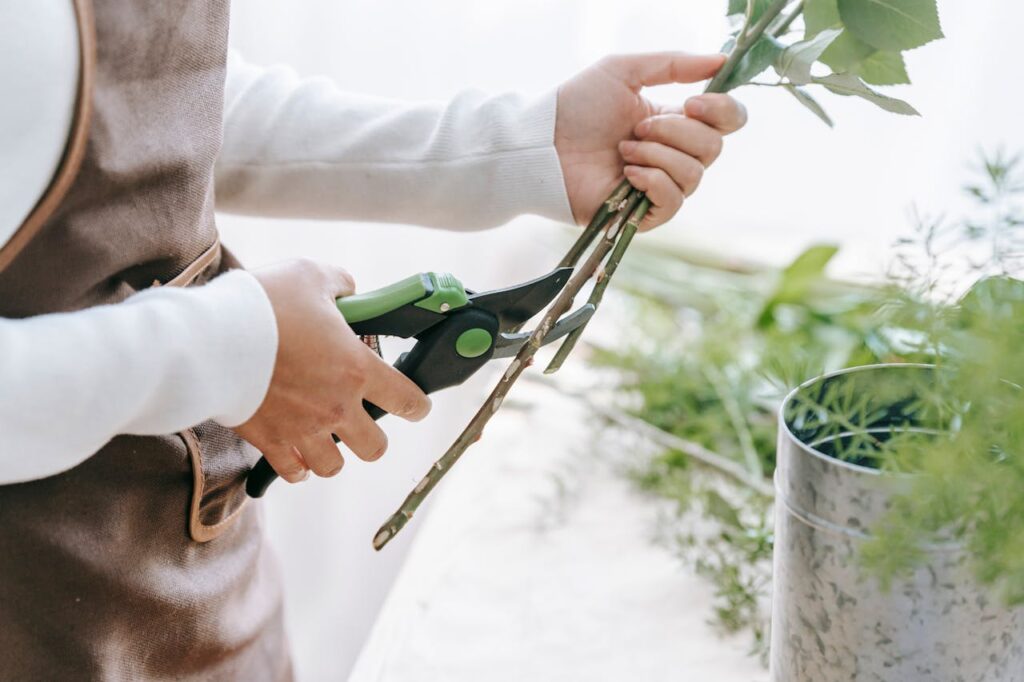
Pruning encourages healthy plant growth and prevents overgrown areas that can require more maintenance later. Focus on removing dead or damaged branches and shaping plants for better airflow. Pruning in the right season reduces disease risks and helps maintain plant size, so you don’t have to prune often.
Use Hardy Native Plants
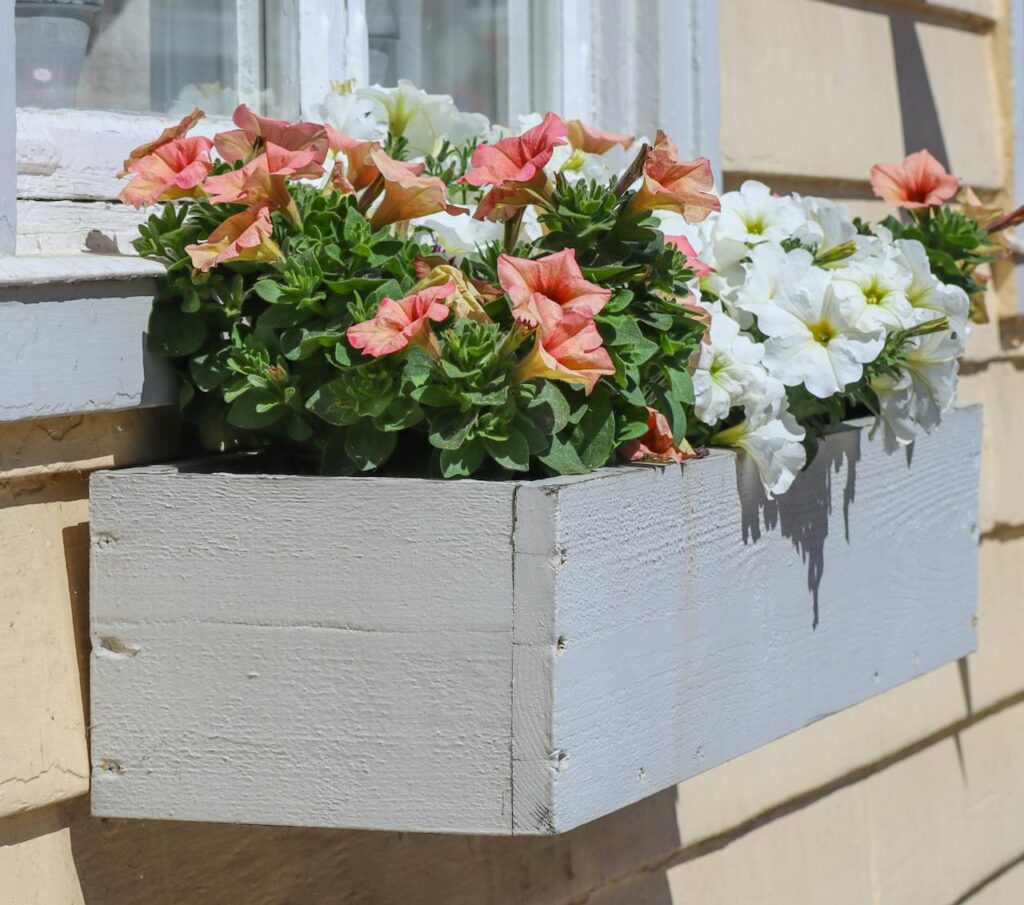
Native plants are adapted to your region’s climate and soil, making them more resilient and less dependent on frequent watering or care. By selecting hardy, native species, you can minimize the need for fertilizers, pesticides, or constant attention, as they are naturally resistant to local pests and conditions.
Create a Xeriscape Garden
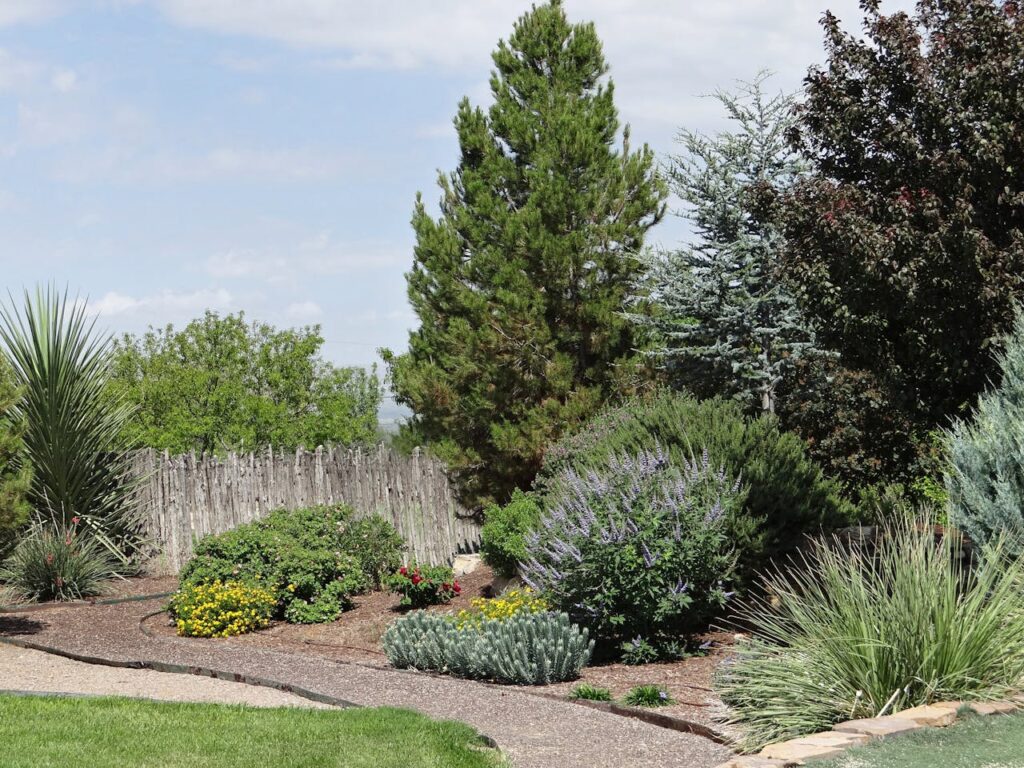
Xeriscaping focuses on drought-resistant plants, reducing the need for watering and maintenance. By designing your garden with plants that thrive in low-water conditions, you can conserve resources while still enjoying a vibrant, beautiful landscape. Succulents, cacti, and other xerophytes are excellent choices for this type of garden.
Install Weed Barrier Fabric
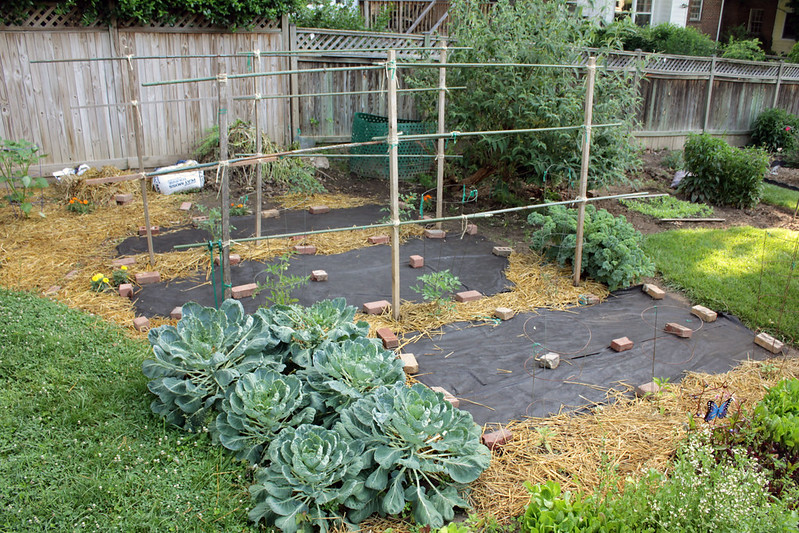
Weed barrier fabric placed under mulch or gravel prevents weed growth by blocking sunlight. This simple addition saves you hours of weeding while allowing water to penetrate to plant roots. With this barrier in place, your garden stays neat with far less effort.
Add Self-Watering Containers
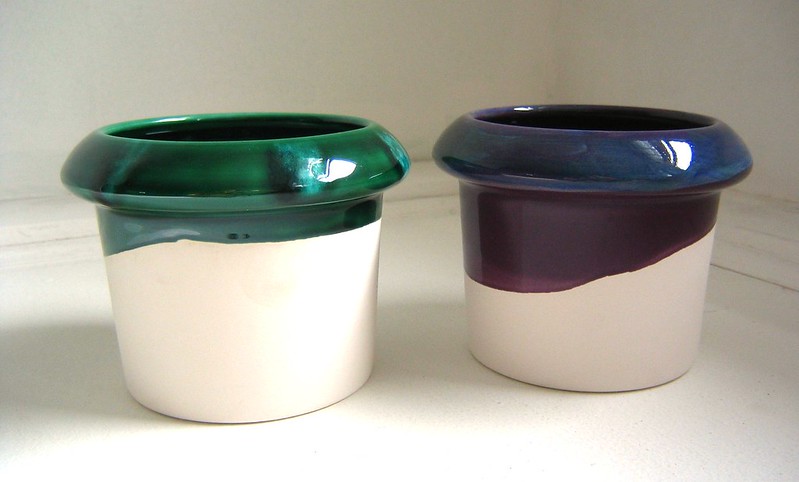
Self-watering containers help maintain plants without daily watering. These pots have built-in reservoirs that provide a steady supply of water to plants, reducing the risk of over- or under-watering. They’re perfect for busy gardeners who want healthy, thriving plants with minimal daily upkeep.
Choose Disease-Resistant Varieties
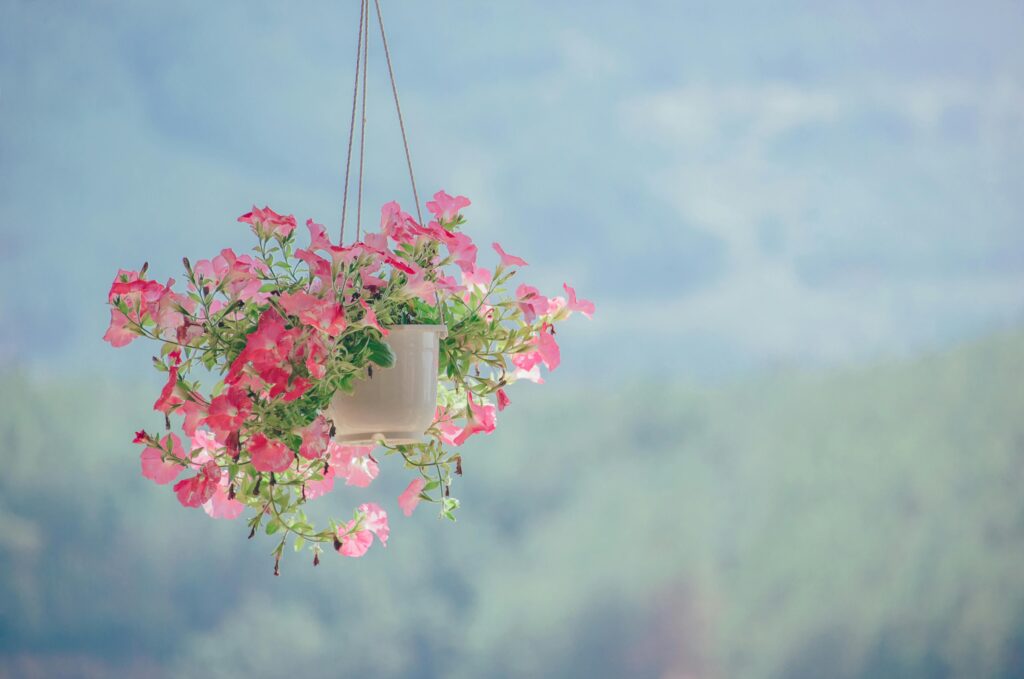
Disease-resistant plant varieties are bred to withstand common pests and diseases, reducing the need for chemical treatments and constant monitoring. By choosing these hardy plants, you can focus on enjoying your garden rather than dealing with plant illnesses or infestations.
Incorporate Hardscaping
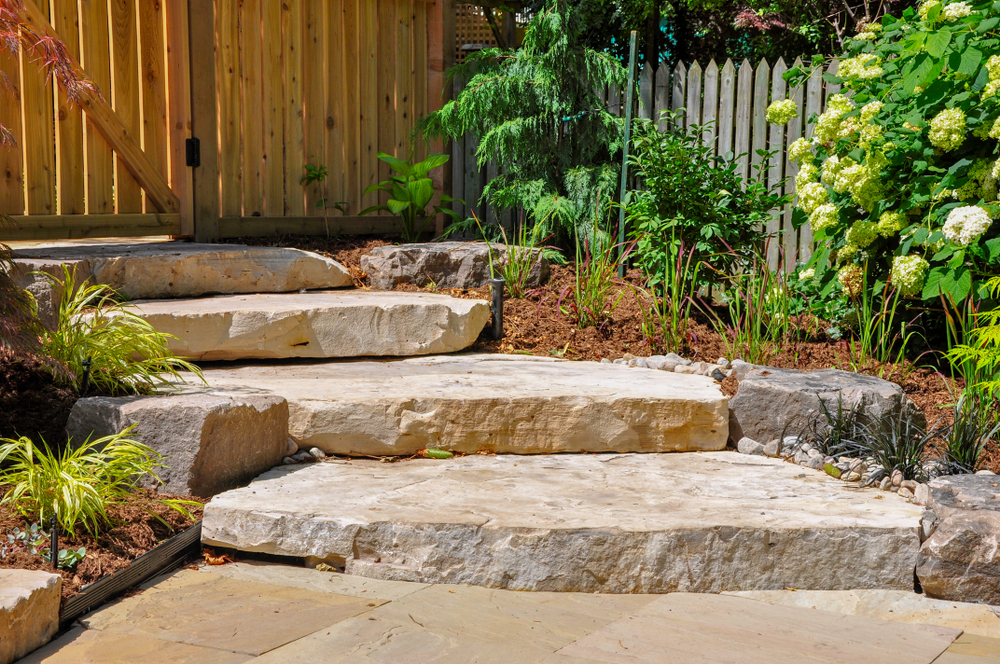
Hardscaping elements like stone pathways, decorative gravel, and garden furniture reduce the amount of space that needs planting and upkeep. They add structure and visual interest to your garden while minimizing areas that require constant care. Hardscaping also helps with drainage and prevents soil erosion.
Install Solar-Powered Garden Lights
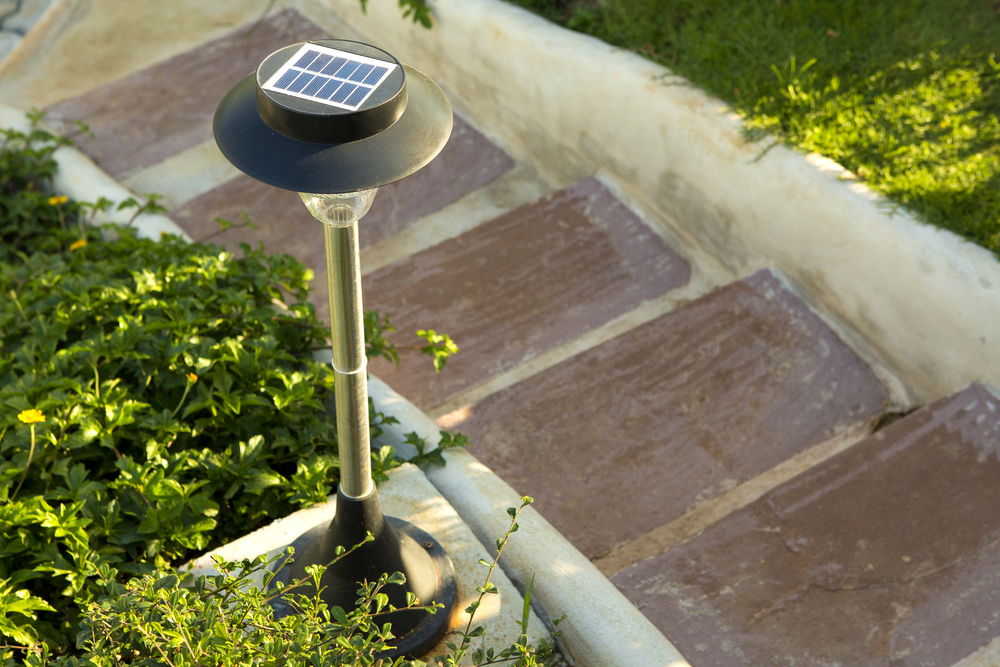
Solar-powered lights are an eco-friendly way to enhance your garden’s beauty without adding to your electric bill or requiring constant attention. These lights charge during the day and automatically turn on at night, illuminating your garden and adding ambiance without needing to be turned on or off manually.
Use Compost as a Soil Amendment
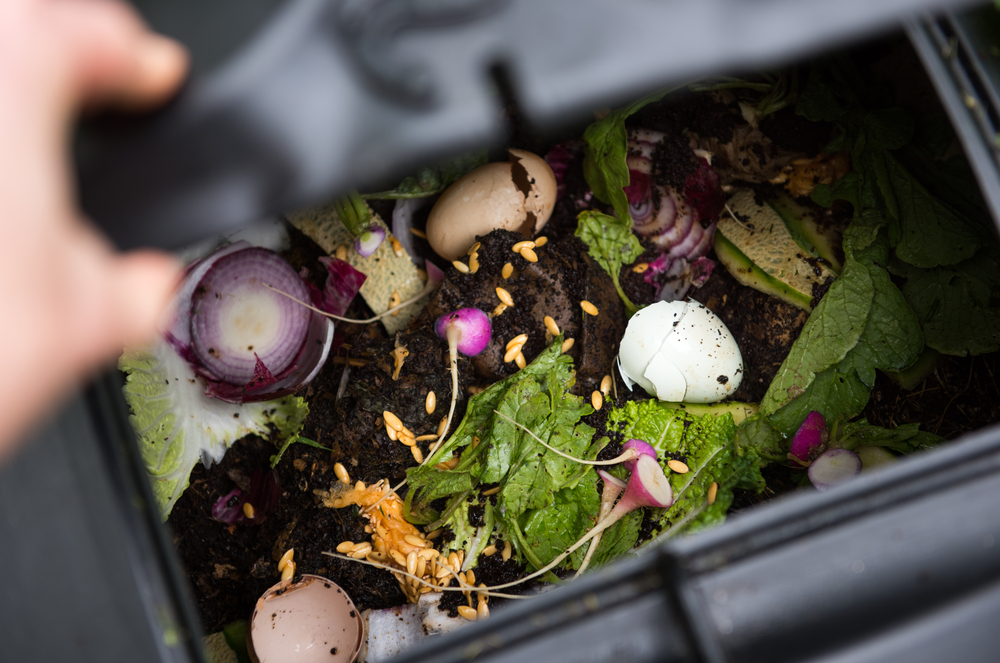
Compost enriches your soil with nutrients and improves its structure, helping plants grow stronger with less need for chemical fertilizers. By adding compost to your garden, you can promote healthier plant growth with less effort and fewer applications of synthetic products. This natural approach also improves soil moisture retention.
Plan for Seasonal Changes

Designing your garden with seasonal plants ensures continuous beauty with little upkeep. Choose bulbs like daffodils or tulips for spring, and perennials like asters or mums for fall. Planning for seasonal color rotations keeps your garden looking fresh all year long without needing to replant constantly.
Limit the Lawn Area
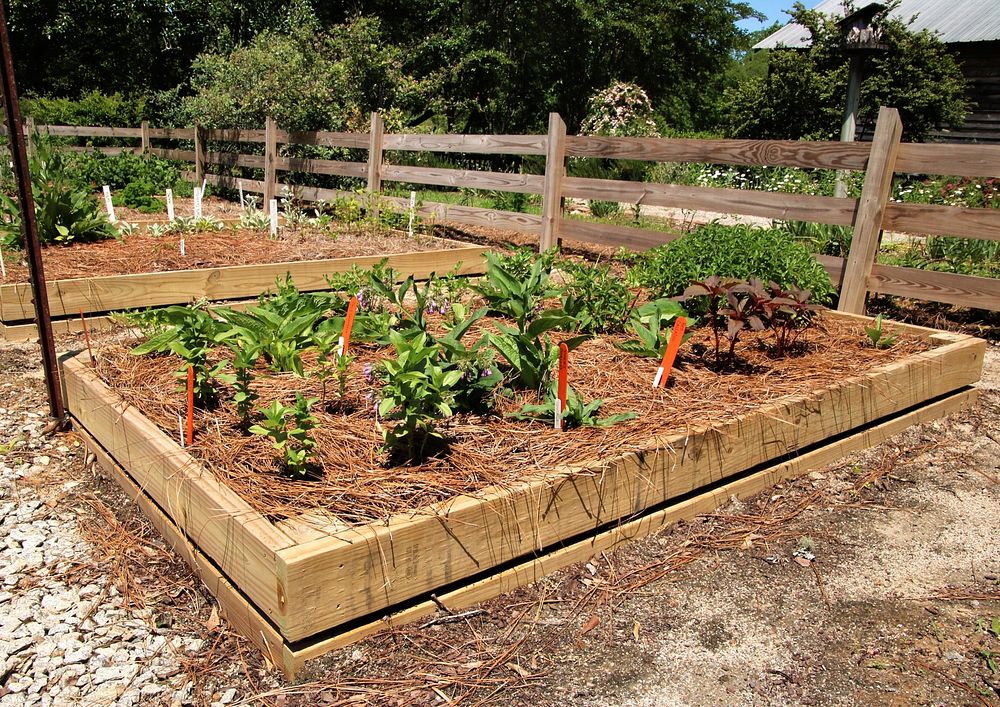
Lawns often require a lot of water, mowing, and maintenance. By reducing the size of your lawn and replacing it with low-maintenance ground covers or hardscaping, you can cut down on the time spent caring for your yard. Less grass means fewer hours spent mowing, fertilizing, and watering.
This article originally appeared on UnifyCosmos.
More from UnifyCosmos
16 Makeup Techniques to Enhance Your Natural Features

By using the right techniques, you can create a look that’s fresh, polished, and effortless. Here are some makeup tips to help you highlight your best features in a way that feels natural and true to you. Read more!
19 Pro Tips for Transitioning Your Wardrobe Between Seasons

These 19 expert tips will help you make the most of your wardrobe and stay stylish, no matter the weather. Read more!
20 Surprising Ways to Repurpose Everyday Household Items

Everyday household items can serve surprising and practical purposes. With a little creativity, you can find unconventional uses for things you never expected. Let’s explore some unusual ways to use common household items. Read more!
Leave a Reply